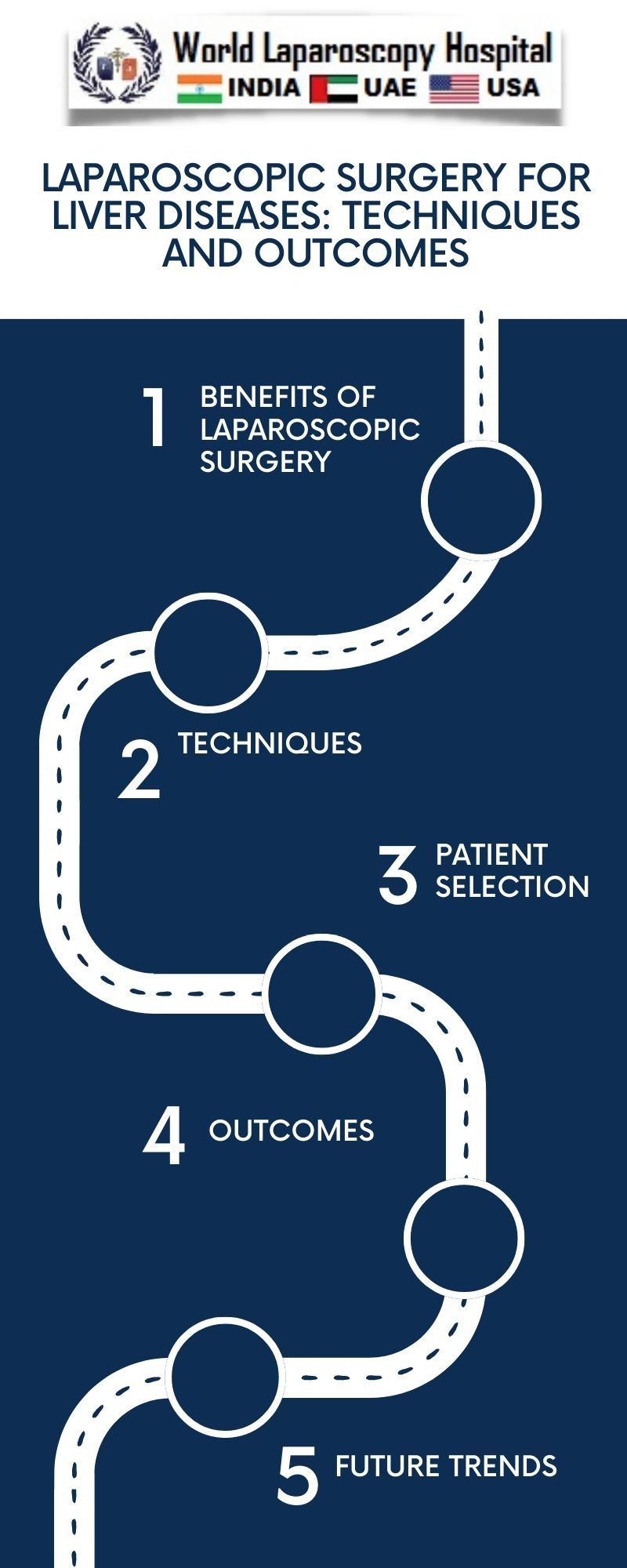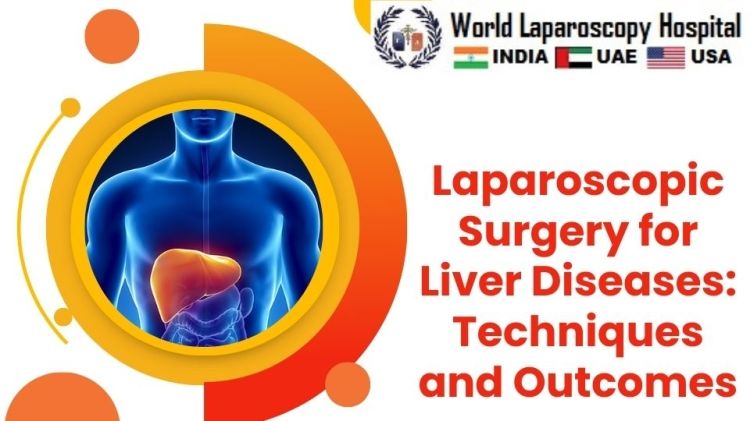Introduction
In recent decades, the field of surgery has witnessed a transformative shift with the advent of laparoscopic techniques. Among the various organs benefiting from minimally invasive procedures, the liver stands out as a significant beneficiary. Liver diseases, ranging from benign lesions to malignant tumors, have traditionally been treated through open surgeries. However, laparoscopic surgery has emerged as a revolutionary approach, promising reduced postoperative complications, shorter recovery times, and improved overall patient outcomes. This article delves into the techniques and outcomes of laparoscopic surgery for liver diseases, unraveling the intricacies of this innovative surgical method.

Historical Perspective
Historically, liver surgery was synonymous with large incisions and extensive tissue disruption. The emergence of laparoscopy in the late 20th century changed this landscape. Initially used for diagnostic purposes, laparoscopy gradually found its way into the realm of therapeutic interventions. The first laparoscopic liver resection was reported in the early 1990s, marking a watershed moment in the field.
Laparoscopic Liver Resection: Techniques and Approaches
Laparoscopic Hepatectomy
Laparoscopic hepatectomy involves the removal of a portion or the entire liver through small incisions. This technique demands a high level of surgical skill due to the intricate vascular and biliary structures within the liver. Surgeons use specialized instruments and video-assisted technology to navigate and manipulate tissues. The procedure can be categorized based on the location of the lesion, such as left lateral sectionectomy, right hepatectomy, or segmentectomy.
Radiofrequency Ablation (RFA) and Laparoscopic Liver Resection
Combining laparoscopic liver resection with radiofrequency ablation has become a favored approach in managing liver tumors. RFA involves the use of thermal energy to destroy cancer cells. When combined with laparoscopic resection, it allows for the removal of tumors that may be challenging to access with conventional methods. This synergistic approach maximizes the benefits of both techniques, providing improved oncological outcomes.
Advantages of Laparoscopic Liver Surgery
Minimized Surgical Trauma
One of the key advantages of laparoscopic liver surgery is the significant reduction in surgical trauma compared to open procedures. Smaller incisions lead to less blood loss, reduced postoperative pain, and a lower risk of infection. Patients experience a quicker return to normal activities, contributing to an enhanced quality of life.
Faster Recovery and Shorter Hospital Stay
Laparoscopic procedures often result in shorter hospital stays, accelerating the recovery process. Reduced postoperative pain and earlier mobilization contribute to a swifter return to daily activities, enabling patients to resume normal life sooner than with traditional open surgery.
Cosmetic Benefits
The cosmetic advantages of laparoscopic surgery should not be overlooked. Small incisions result in minimal scarring, providing both physical and psychological benefits to patients. This is particularly significant in an era where the aesthetic outcome of surgery is increasingly valued.
Challenges and Considerations
Despite its numerous benefits, laparoscopic liver surgery presents certain challenges. The complexity of liver anatomy and the need for precise instrument control require a steep learning curve for surgeons. Additionally, patient selection is crucial, as not all cases are amenable to laparoscopic approaches. Factors such as tumor size, location, and the patient's overall health must be carefully evaluated to determine the suitability of this technique.
Outcomes and Complications
Studies comparing laparoscopic and open liver surgeries have consistently demonstrated comparable oncological outcomes. The survival rates, disease-free intervals, and overall morbidity are often similar between the two approaches. However, laparoscopic surgery tends to outperform open surgery in terms of postoperative complications, making it a preferred choice for many patients.
Future Directions and Innovations
As technology continues to advance, so do the possibilities within laparoscopic liver surgery. Robotics, augmented reality, and artificial intelligence are gradually being integrated into these procedures, further enhancing precision and outcomes. The ongoing refinement of techniques and the expansion of laparoscopic indications promise a future where more patients can benefit from minimally invasive liver surgery.
Conclusion
Laparoscopic surgery for liver diseases represents a remarkable evolution in the field of hepatobiliary surgery. Its advantages, including reduced surgical trauma, faster recovery, and superior cosmetic outcomes, position it as a favorable option for many patients. As surgeons continue to refine their skills and technology progresses, the realm of laparoscopic liver surgery is set to expand, offering new hope and improved outcomes for individuals grappling with liver diseases. The ongoing collaboration between surgical expertise and technological innovation ensures that the journey towards minimally invasive liver surgery is one marked by continuous progress and enhanced patient well-being.
